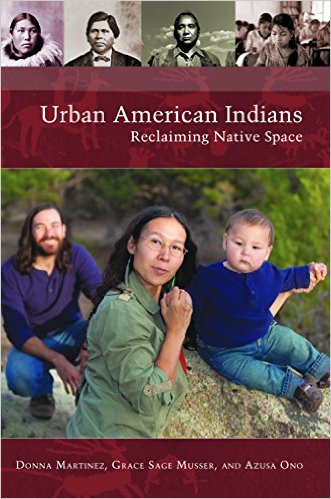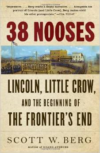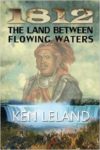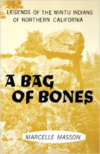Description
City-dwelling American Indians are part of both the ongoing ethnic history of American cities in the 20th and 21st centuries and the ancient history of American Indians. Today, more than three-quarters of American Indians live in cities, having migrated to urban areas in the 1950s because of influences such as the Termination and Relocation policy of the federal government, which was designed to end the legal status of tribes, and because of the draw of employment, housing, and educational opportunities. This book documents how North America was home to many ancient urban Indian civilizations and progresses to describing contemporary urban American Indian communities, lifestyles, and organizations.
The book concentrates on contemporary urban American Indian communities and the modern-day experiences of the individuals who live within them. The authors outline urban Indian identity, relationships, and communities, drawing connections between ancient urban Indian civilizations hundreds of years ago to the activism of contemporary urban Indians. As a result, readers will gain an in-depth understanding of both ancient and contemporary urban Indian communities; comprehend the differences, similarities, and overlap between reservation and urban American Indian communities; and gain insight into the key role of urban environments in creating ethnic community identities.






Reviews
There are no reviews yet.